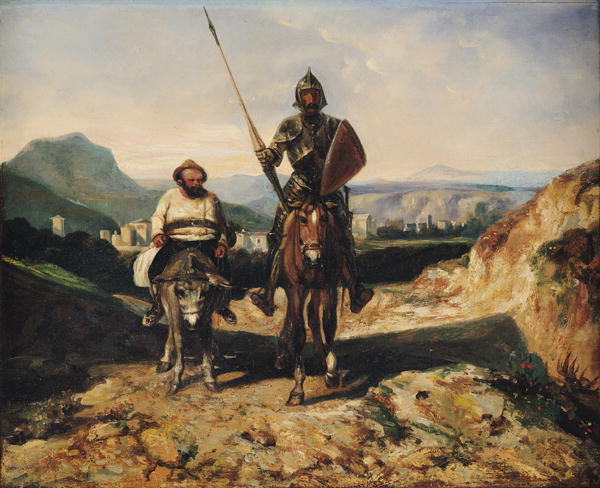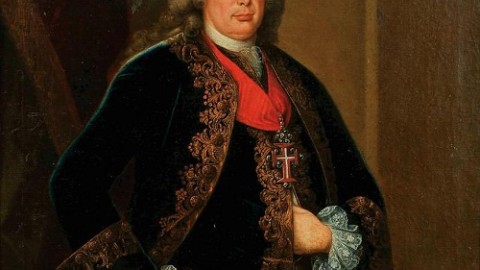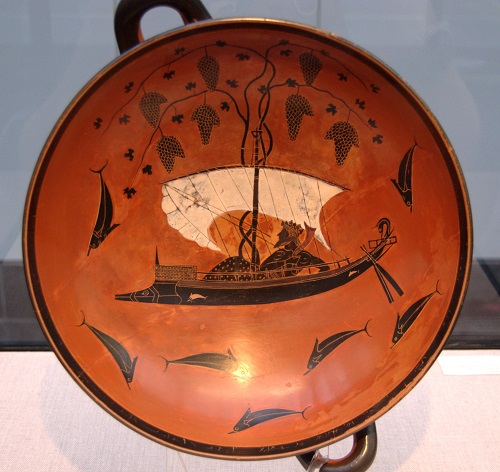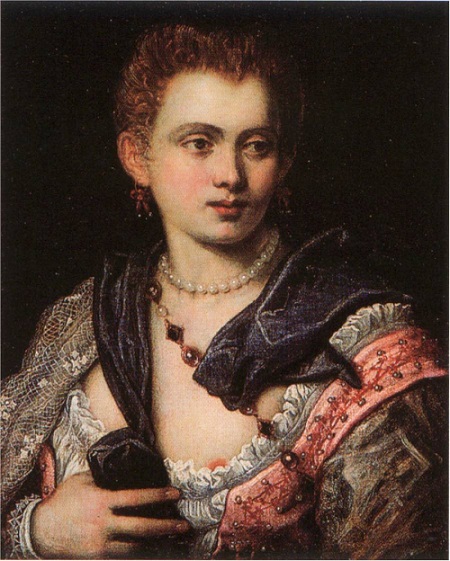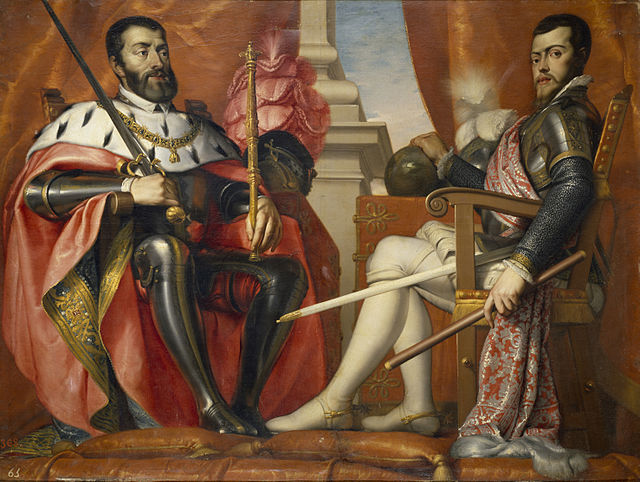
The Hapsburg Emperor Charles V (Carlos I) of Spain ruled over an empire over which it is said, the sun never set. In the 16th century, his ships bought gold and silver from America to Seville, making Spain the superpower of Europe. The conquerors of the ‘new world’ also bought back culinary riches such as tomatoes and chocolate, all of which the Hapsburg kings of Spain knew how to enjoy. From the mighty Emperor Charles, and the much-feared Philip II (both pictured above), to the weakly Charles II (Carlos II) whose death in 1700 brought an end to the Hapsburg line in Spain, they all maintained an expensive lifestyle, at the centre of which was eating and drinking.
Oficio de boca (literally, “the department of the mouth”) was the collective name for the personnel who were responsible for the physical well-being of the entire royal house. The head chef (cocinero mayor) lorded it over his subordinates like a minister. His staff included many different types of specialist. The guardamangier was responsible for the stores, the comprador for purchasing, and the sommelier for the wine. There were cooks at the court who specialised solely in sauces, desserts, cakes, and even tripe. Another person had the specialty of spices, and there were even fruit specialists, who approved what fruit was served at the royal table.
Mealtimes were said to be a wearisome ritual for the king and particularly for the court. After the priest had blessed the table and the food, the panetier, who was responsible for the bread, and the trinchante (“he who carves the food”), brought in the meal. They were accompanied by half a dozen other servants, who endeavoured not to get under one another’s feet.
Drinking was just as complicated as eating. The copero (from copa, “glass”) poured the wine into a beaker with a lid. Next, the doctor examined the drink thoroughly, and not until the drink had been approved was the cup-bearer allowed to bring the beaker closer (accompanied by two more court officials, presumably to convey greater dignity) and present it, on his knees, to the king. While the king was drinking, the copero had to hold a tray in position so that no drops of wine could fall onto the royal clothing. Finally, he handed over a napkin to dry the royal lips. Then then entire procession withdrew, taking the beaker. Despite the wearisome rituals, the Hapsburgs enjoyed eating and drinking and always ensured that they employed only the best chefs available in the country,
A Christmas court menu which was recorded included twelve first courses, twelve second courses, and twelve main courses. The list included olla podrida (Spanish stew), Savoy veal in puff pastry, tender pigeons, turkeys, quail, fillets of pork, and calf’s livers. Other dishes likely to be presented were pigeons in chocolate-based ‘black sauce’. larded kid, sea bream and trout,
However, even simple royal snack meals (merienda) meant that the family were presented with more than 30 dishes, including trout pie, tongue, choice sausages and dried meats, roasted pigeons, rolled veal in pastry as well as chicken and loin of pork. As for “sweet sins”, chocolate was very popular, and Charles II is said to have been so enchanted by it that he reputedly drank 20-30 cups of hot chocolate a day!!



